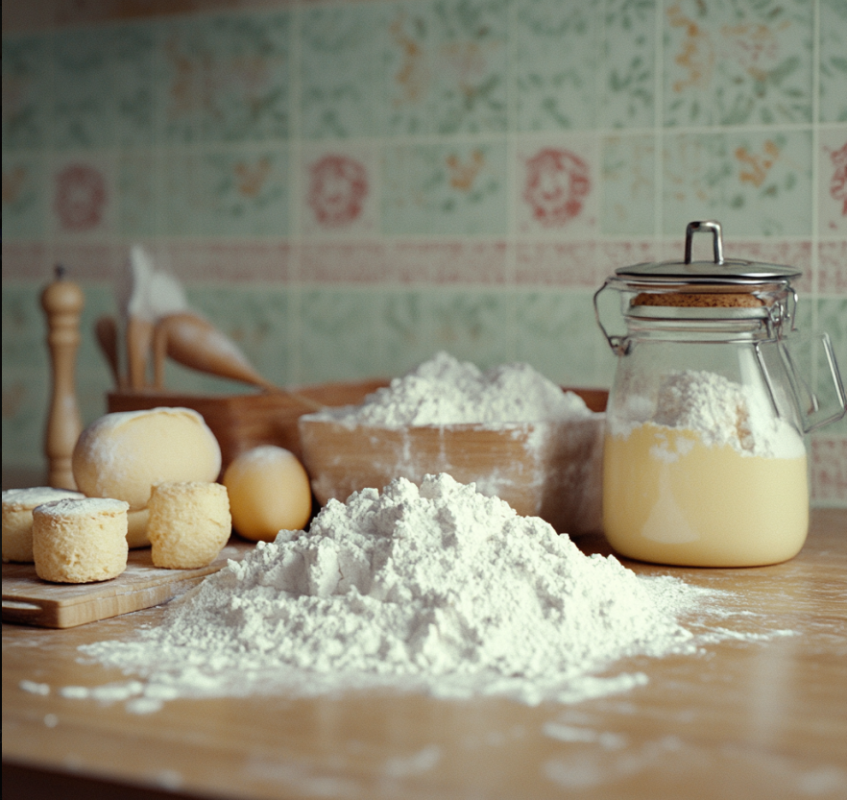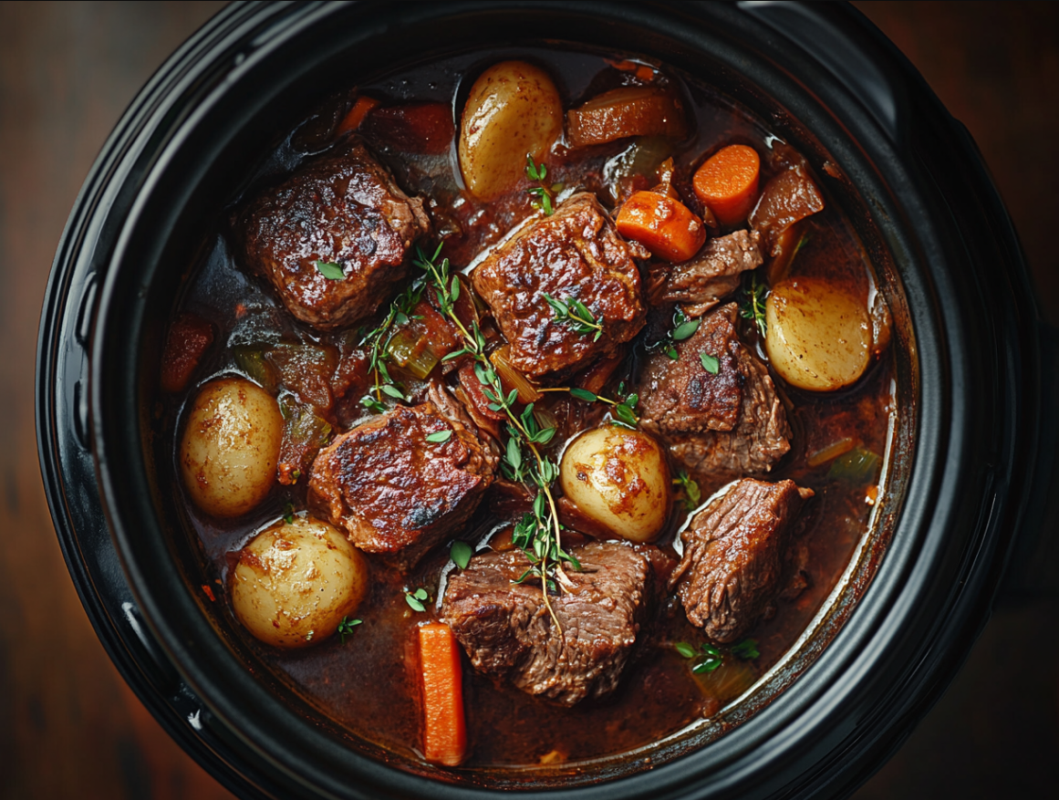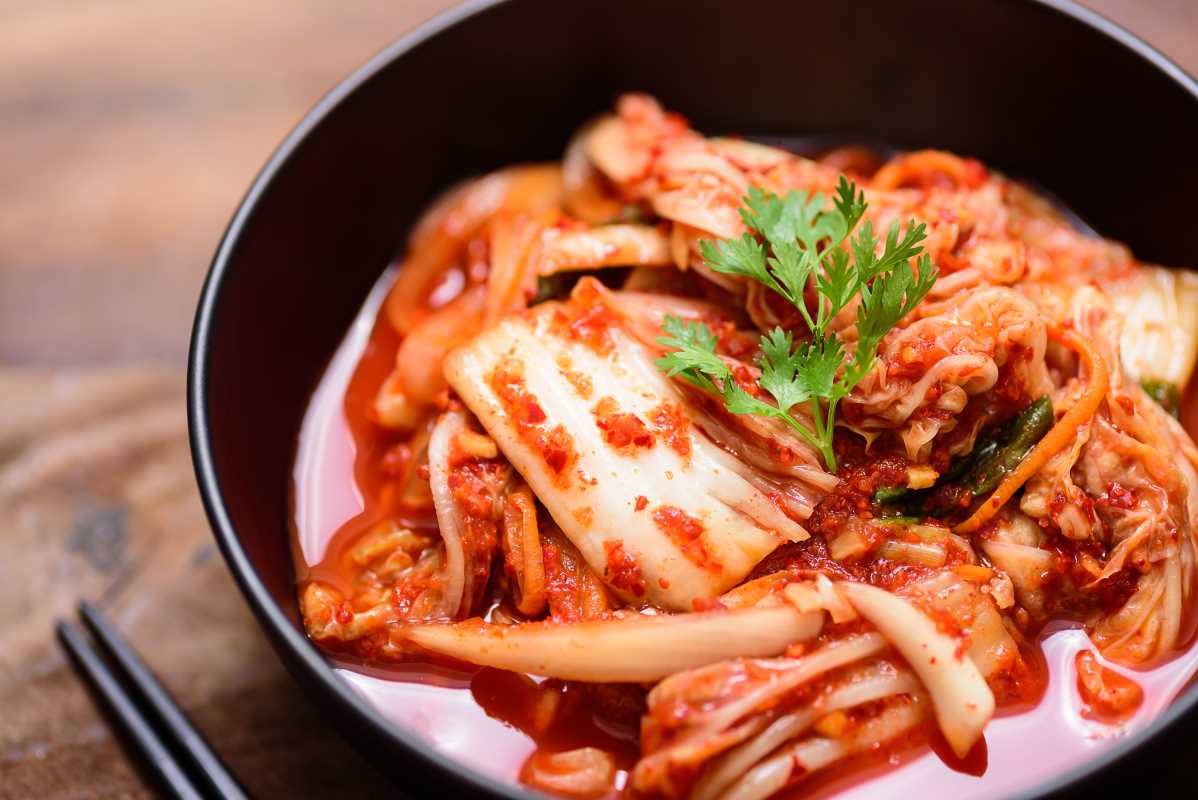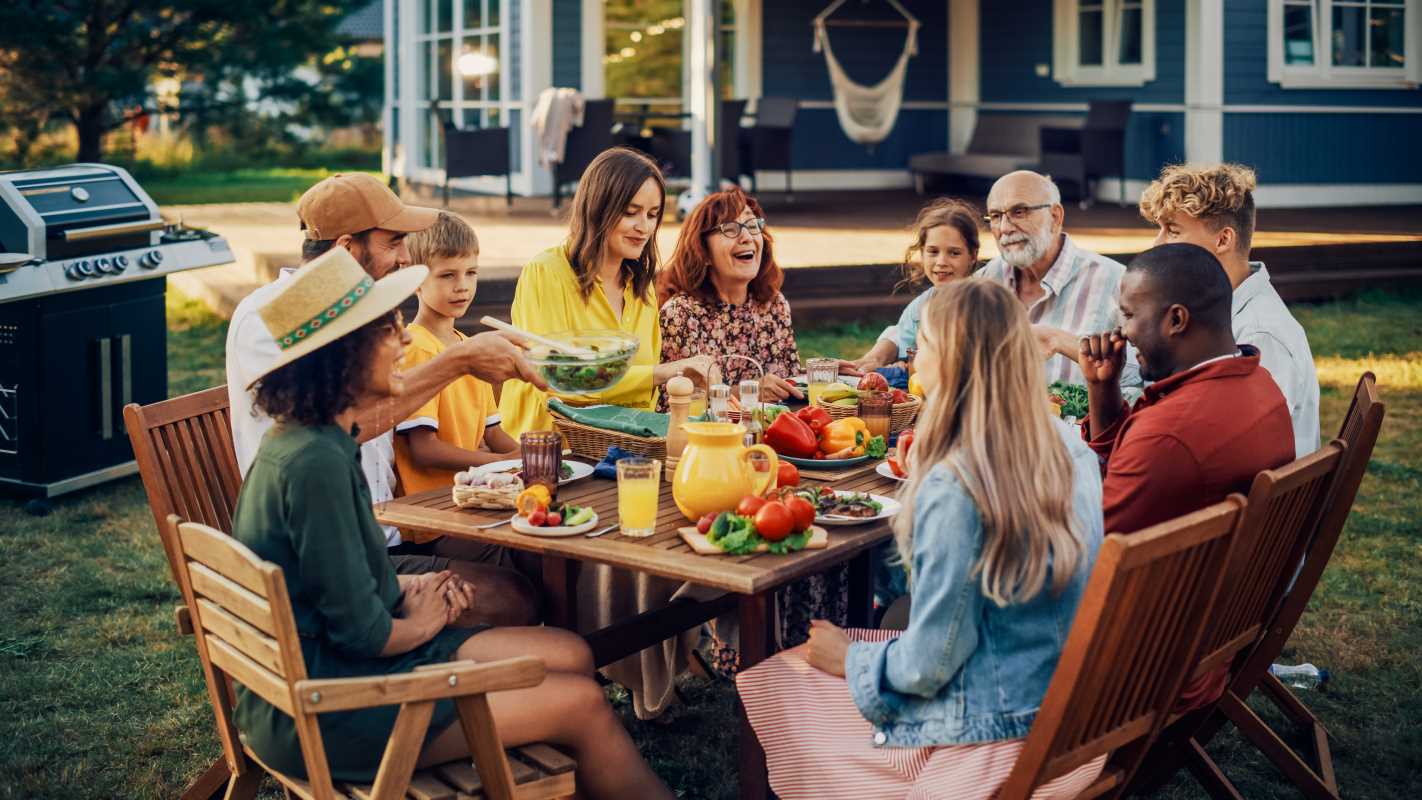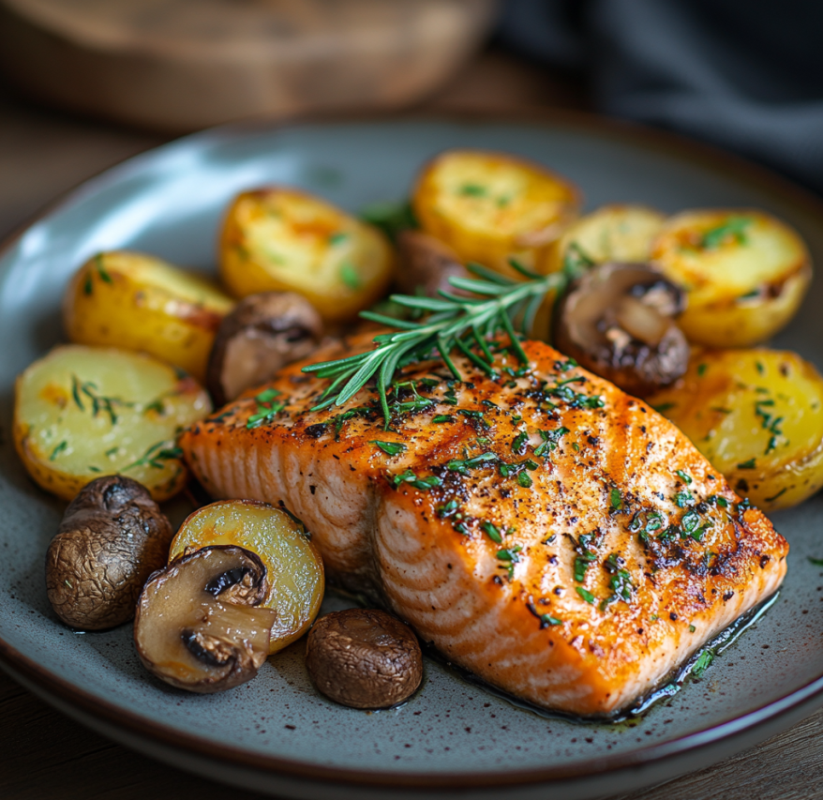When we think of Thanksgiving today, images of golden roast turkey, creamy mashed potatoes, and pumpkin pie immediately come to mind. But if the Pilgrims and Wampanoag people from the early 1600s were invited to one of our modern feasts, they’d probably be baffled by the spread. The first Thanksgiving meal, held in 1621, looked quite different from what we have on our tables today. Instead of familiar casseroles and buttery rolls, it included locally sourced ingredients cooked over open flames.
Understanding what the Pilgrims actually ate helps us look at Thanksgiving in an entirely new way. It shifts the focus from indulgence to survival and community. The original feast didn't feature extravagant, carb-heavy dishes but rather a humble celebration of the harvest and cooperation. Let's dig into what made it to their plates and how you can bring some of these authentic flavors to your table.
Historical Context
First, a quick refresher. The first Thanksgiving was a harvest celebration between the Pilgrims, who had settled in Plymouth Colony, and the Wampanoag tribe, who helped them survive their first brutal winter in the New World. The feast lasted for three days and included not just food but games and storytelling.
Skip forward to today, and Thanksgiving has become a very different holiday. Our meals are shaped by the influences of immigration, industrialization, and cultural trends. Traditional staples like cranberry sauce and green bean casserole didn't exist in the 1600s. Instead, the Pilgrims relied on whatever they could catch, gather, or grow. That makes their dining table more rustic but not any less interesting!
Foods the Pilgrims Actually Ate
1. Wildfowl
Yes, turkey was likely part of the first Thanksgiving meal, but it definitely didn’t take center stage as it does now. The Pilgrims and Wampanoag hunted any wildfowl available, which could include ducks, geese, swans, or even passenger pigeons. Turkey was just one choice among many.
While a whole roasted turkey is a tradition today, try incorporating other birds like duck or game hen into your Thanksgiving spread. For an authentic touch, roast them with simple seasonings like salt, pepper, and fresh herbs, and baste with fat or broth instead of butter.
2. Venison
The Wampanoag brought venison (deer meat) to the feast, making it a highlight of the meal. Venison was a prized source of protein for indigenous peoples and early settlers alike. It was likely roasted over an open fire or stewed.
If you can find venison, try preparing a venison roast or stew for your Thanksgiving table. Flavor it with root vegetables like carrots and turnips, and cook it low and slow for a tender, hearty dish.
3. Fresh Seafood
Living near the coast, the Pilgrims had access to plenty of seafood. Mussels, clams, oysters, scallops, and even lobster were common in the area, along with fish like cod and bass. Shellfish were easy to gather along the shore and added variety to the meal.
Modern Adaptation: Steam a batch of mussels as a starter or top your stuffing with chopped clams for a unique spin. Lobster tails could even make an unconventional Thanksgiving entrée!
4. Corn (but Not Cornbread)
Corn was central to the meal, but not in the ways we’d recognize today. The Wampanoag taught the Pilgrims how to grow and grind corn into a coarse meal. This would be used to make porridge, puddings, or bread made without sugar or butter.
Serve a rustic cornmeal porridge or skillet cornbread made with honey and butter for a slightly sweeter twist while nodding to its origins.
5. Vegetables
Forget casseroles dripping with cream and cheese. The vegetables served at the first Thanksgiving were likely simple and seasonal. Think pumpkins, squashes, onions, beans, and root vegetables like parsnips and turnips. They were probably roasted, stewed, or boiled.
Bring those authentic flavors to life with roasted winter squash or stuffed acorn squash. For a modern nod, drizzle with maple syrup and roasted nuts for added depth.
6. Fruits and Berries
Fresh fruits like plums, grapes, and wild cranberries were a natural addition to the feast. Unlike today’s sugar-laden cranberry sauces, wild cranberries would be enjoyed fresh or cooked with just a hint of honey for natural sweetness.
Make your own cranberry sauce with fresh berries, orange zest, and just enough sugar to balance their tartness. For a more rustic take, add chopped apples or pears.
7. Nuts
Locally gathered nuts like chestnuts, walnuts, and acorns were available to the Pilgrims. They might have been eaten raw, roasted, or used to thicken stews.
Toss roasted chestnuts into a salad or sprinkle crushed walnuts on roasted sweet potatoes for added crunch and flavor.
8. No Desserts
Sorry, pumpkin pie lovers, but there were no sugar-filled desserts at the first Thanksgiving. Sugar was rare in Plymouth Colony, and ovens as we know them today didn’t exist. However, pumpkins and squash could have been boiled or roasted and sweetened naturally.
Skip the crust and bake pumpkin custard in ramekins for an elegant dessert that’s closer to its historic roots.
While you don’t have to trade your turkey and pumpkin pie for mussels and venison, incorporating a few authentic elements can add depth and meaning to your meal. Sous vide a duck breast, roast some chestnuts, or serve wild cranberry relish alongside your stuffing.
Remember, the beauty of Thanksgiving is how it evolves with each family and culture. Honoring the past while celebrating the present is what makes the holiday truly memorable.
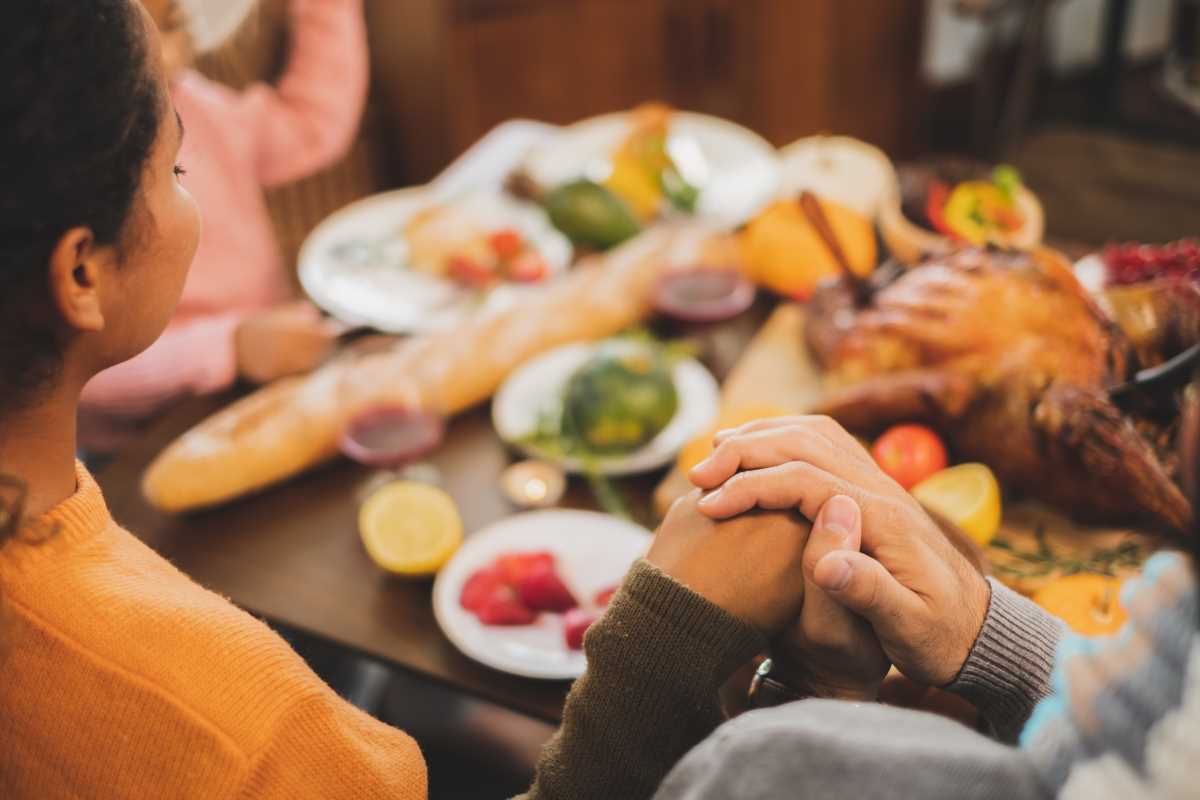
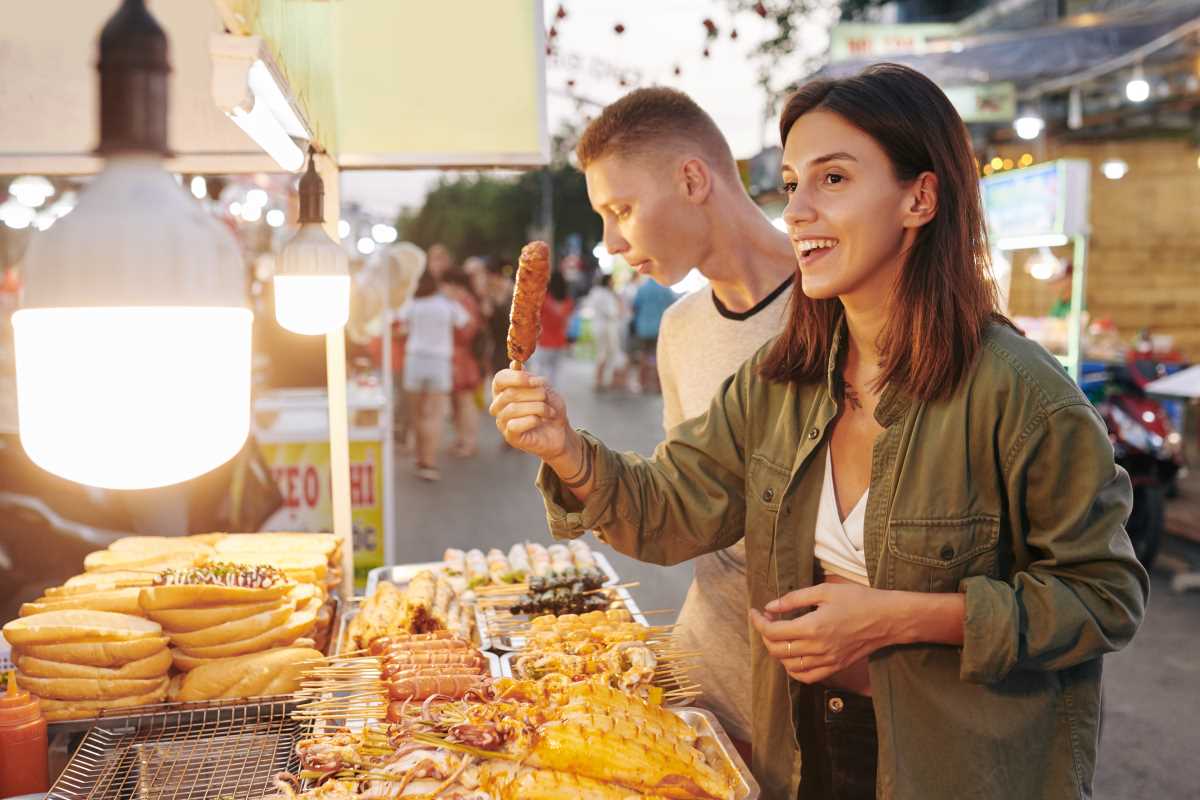
.jpg)
